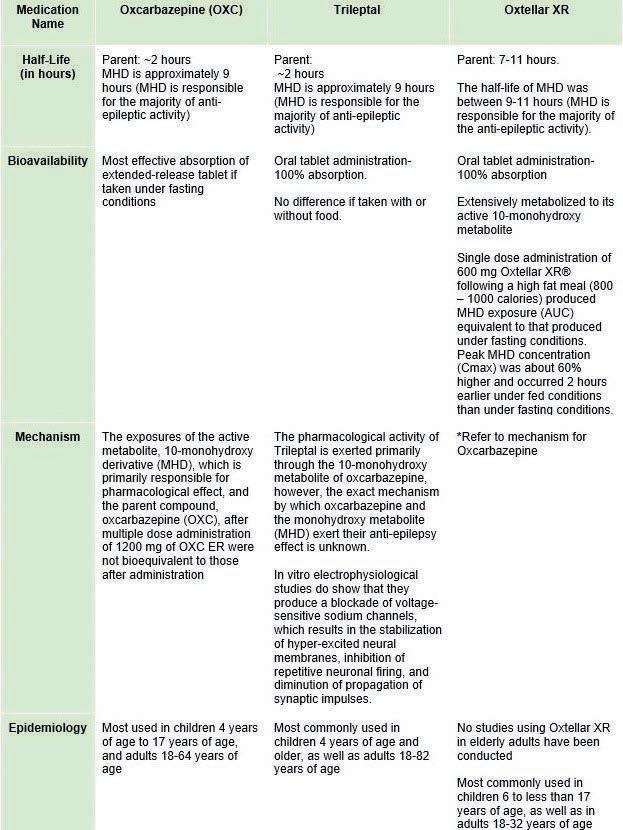Scholarly Research In Progress • Vol. 5, November 2021
Hydroxychloroquine, Azithromycin, and Chloroquine Prescribing Patterns in Medicaid Mansi S. Khurana1*‡, Uzoamaka V. Eziri2*‡, Taylor S. Mewhiney2*‡, Cathie-Allegra Z. Nkabyo2*‡, Jennifer Szpernoga2*‡, and Daniela I. Velasquez2*‡ ¹Geisinger Commonwealth School of Medicine, Scranton, PA 18509 *Master of Biomedical Sciences Program ‡ Authors contributed equally Correspondence: mkhurana@som.geisinger.edu
Abstract
Methods
Over the last year, the COVID-19 pandemic has claimed the lives of many people throughout the world. As the virus spreads, affecting millions of patients, there has been a massive movement to discover readily available and effective treatment options (1). Inconsistent information regarding the benefits of hydroxychloroquine/chloroquine and azithromycin in COVID-19 treatment has been an obstacle in the delivery of clinical care during the pandemic (2). Limited data regarding the evolution of these therapies has created a knowledge gap that we aim to address by analyzing the experimental treatment options of COVID-19 using drug prescription patterns. This study used data from the Medicaid State Drug Utilization database and the Micromedex database to gather information on prescribed hydroxychloroquine, chloroquine, and azithromycin in Medicaid from 2016 to 2020. Our results show a decrease in azithromycin (-45.63%) and chloroquine prescription (-18.9%) from 2016 to 2020, and an increase in hydroxychloroquine prescription (+19.8%). Additionally, our results show a decrease in the average cost for hydroxychloroquine (-74.2%) and azithromycin (-20.4) and an increase in the average cost of chloroquine (138.4%). The increase in the number of prescriptions for hydroxychloroquine from quarter 1 of 2020 to quarter 3 of 2020 can be secondary to the COVID-19 pandemic in states, whereas the decrease in azithromycin prescriptions from 2016 to 2020 can be linked to emergence of new antibiotics with stronger function.
Procedures
Introduction Hydroxychloroquine and chloroquine are antimalarial drugs used to treat autoimmune diseases and prevent malaria. Use of these drugs have been rising in the United States (U.S.) as an experimental treatment option for COVID-19 (3). Azithromycin is an antimicrobial drug used to treat various bacterial infections such as chlamydia, mycoplasma, and mycobacterium (4). Hydroxychloroquine, with or without azithromycin, has been considered as a possible therapeutic agent for patients with COVID-19 (5). We explored the prescribing patterns and changes in average cost of hydroxychloroquine, azithromycin, and chloroquine in Medicaid throughout the U.S. in 2016 through 2020. We hypothesized that there was an increase in prescribing patterns of hydroxychloroquine, azithromycin, and chloroquine secondary to the COVID-19 pandemic.
We examined the prescribing patterns of hydroxychloroquine, azithromycin, and chloroquine prescribing patterns in Medicaid. The Micromedex database was used to find drug trade names. The Medicaid State Drug Utilization database served as a reference to extract the total number of prescriptions per state per quarter during 2016 to 2020. It was also used to gather information about enrollees and the total amount reimbursed. Statistics: For data analysis, a combination of Excel, Google sheets, and GraphPad Prism were used to create bar graphs, line graphs and to perform calculations.
Results The total number of prescriptions for azithromycin was 8,715,064; 8,206,847; 7,167,437; 6,836,130 and 4,459,327 for 2016, 2017, 2018, 2019, and 2020, respectively (Figure 1A and B). From 2016 to 2020, there was a decrease of 45.63% (Figure 2) in azithromycin for the total number of prescriptions per 100,000 Medicaid enrollees. The total number of prescriptions for hydroxychloroquine was 634,914; 680,191; 673,354; 629,653 and 716,091 for 2016, 2017, 2018, 2019, and 2020, respectively (Figure 1A and B). There was an increase in the total number of prescriptions per 100,000 Medicaid enrollees for hydroxychloroquine by +19.8% (Figure 2). The number of prescriptions for chloroquine was 2,264; 2,676; 2,850; 2,435 and 1,728 for 2016, 2017, 2018, 2019, and 2020, respectively (Figure 1). There was an overall decrease of -18.9% in the total number of prescriptions per 100,000 Medicaid enrollees for chloroquine (Figure 2). The average cost for azithromycin was $12.95 in 2016 and $10.30 in 2020 with a percentage decrease of -20.4% from 2016 to 2020 (Figure 3). The average cost of hydroxychloroquine was $103.5 in 2016 and $26.67 in 2020 with a percentage decrease of -74.2% from 2016 to 2020 (Figure 3). Our results indicated an increase in the average cost of primaquine by +139.42% from 2016 to 2020 (Figure 3). The prescribing pattern in 2020 for quarter 1 and quarter 2 is shown in Figure 4. There was an overall increase in the number of prescriptions of hydroxychloroquine from quarter 1 of 2020 to quarter 3 of 2020. There was a decrease in number of prescriptions of azithromycin from quarter 1 (1,721,804) to quarter 2 (791,207) but an increase in the number of prescriptions from quarter 2 of 2020 to quarter 3 (919,385) and quarter 4 (1,026,931) of 2020. The prescribing pattern for chloroquine stayed relatively constant through 2020.
59












































